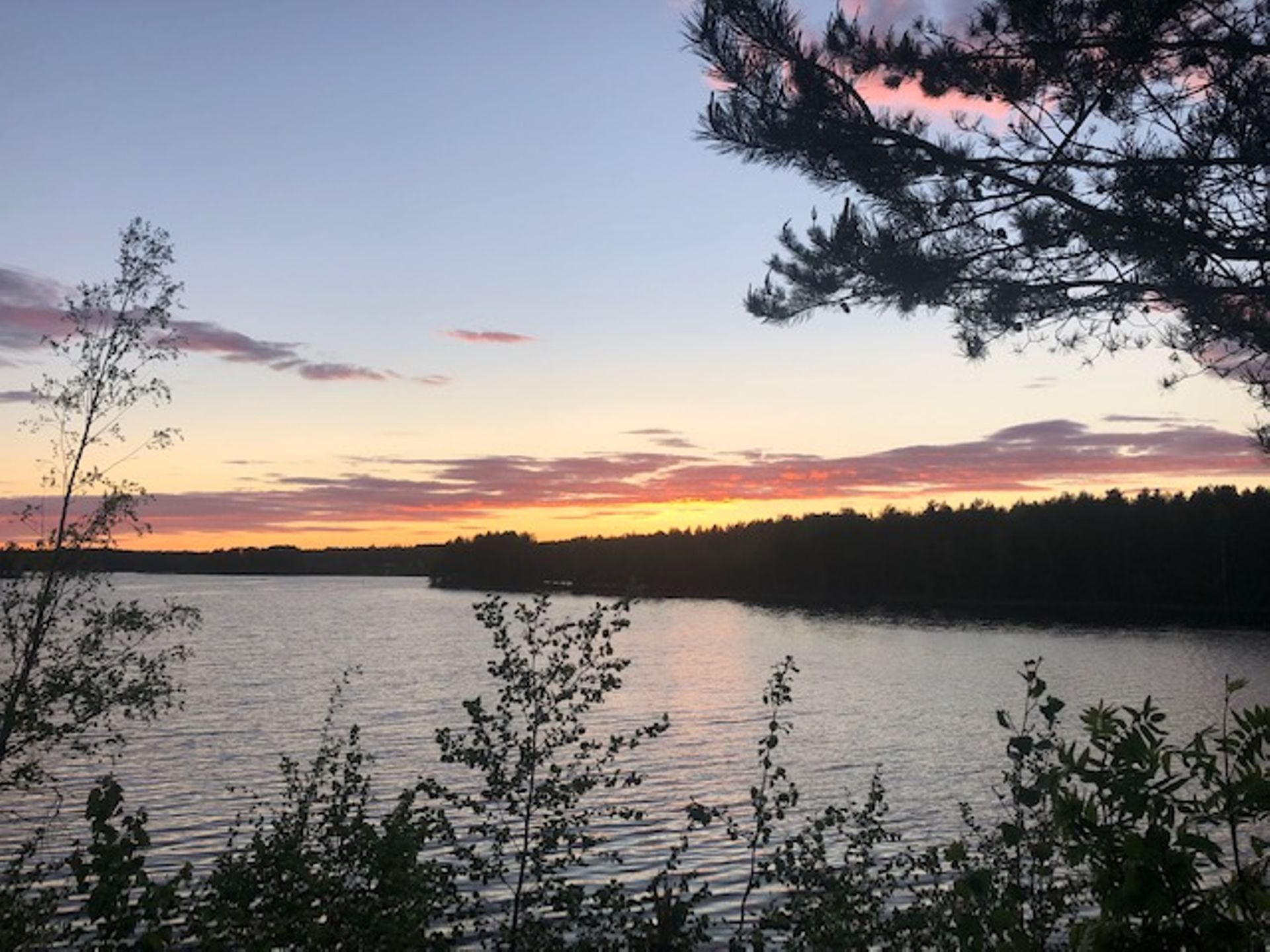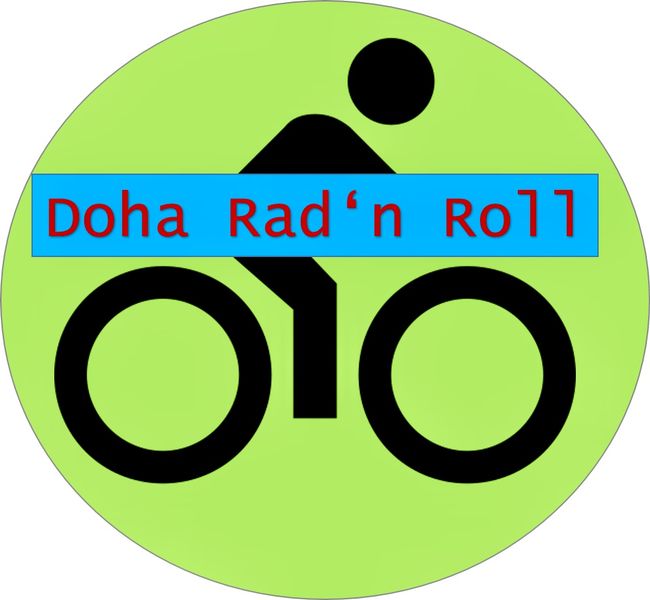Castile-Leon and Camino
E phatlaladitšwe: 30.05.2024
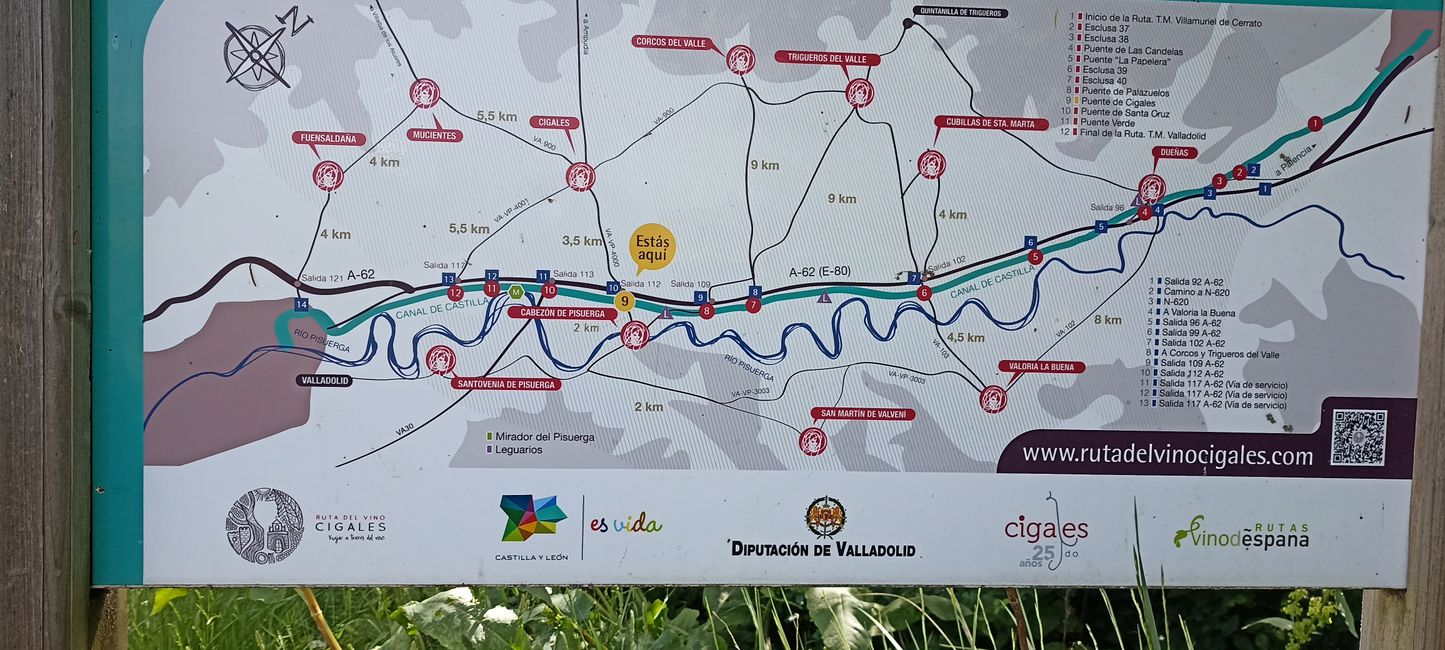
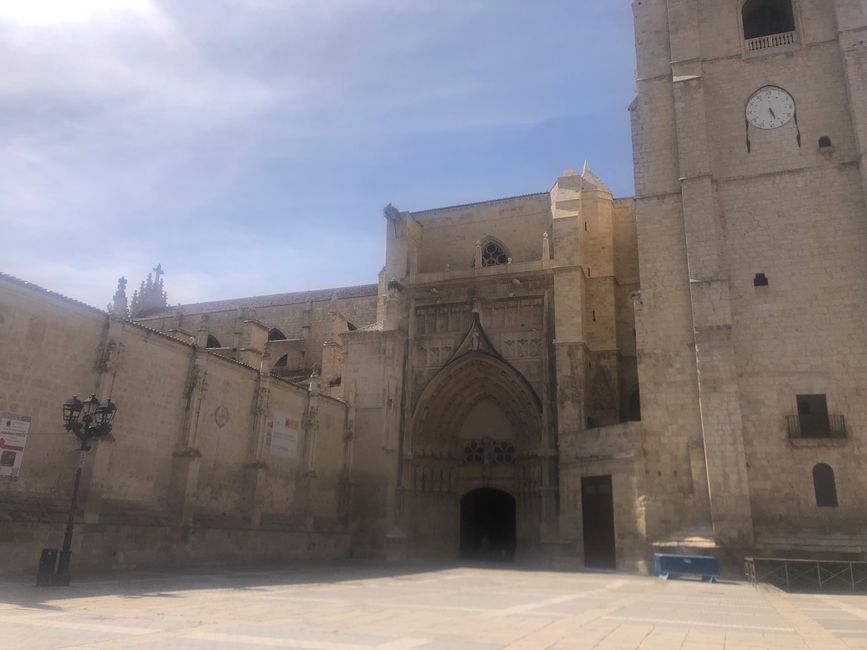
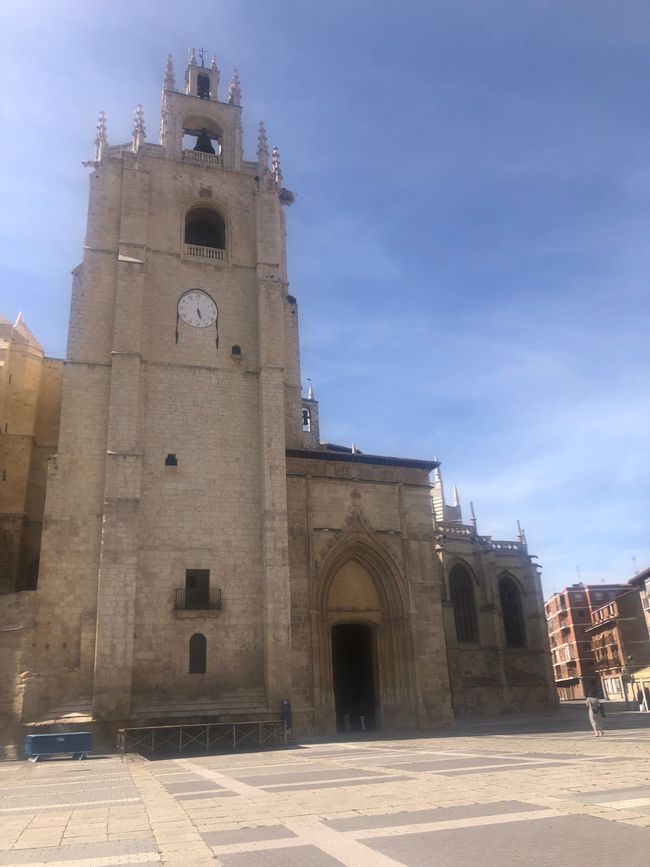
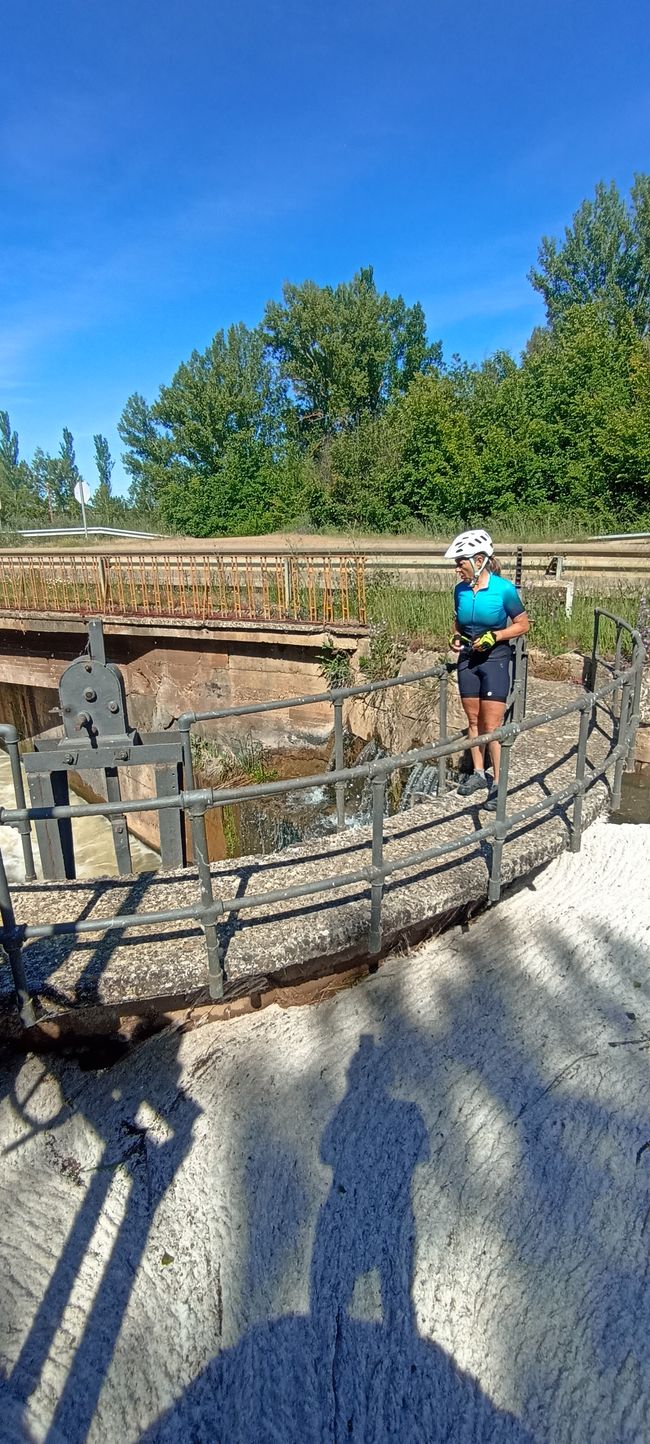
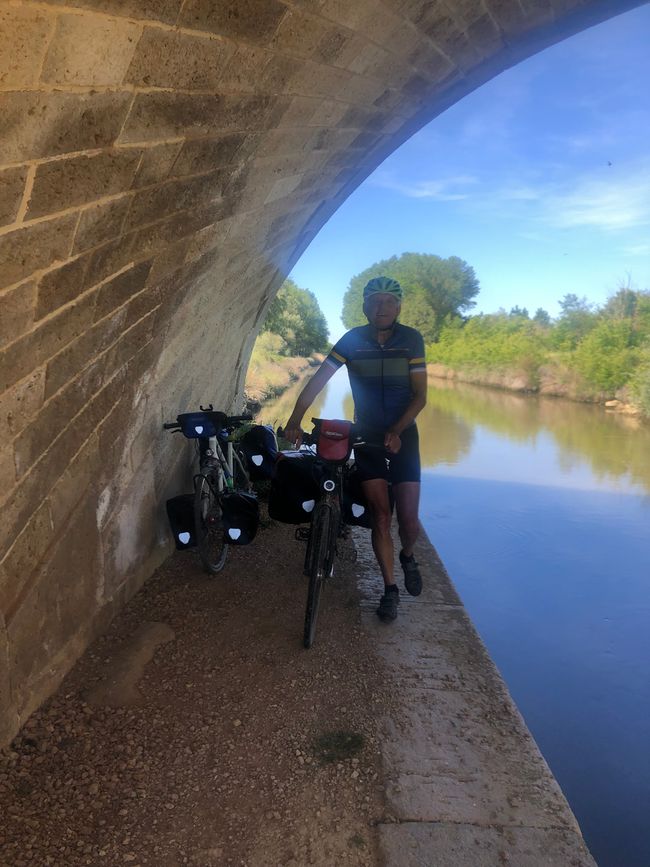
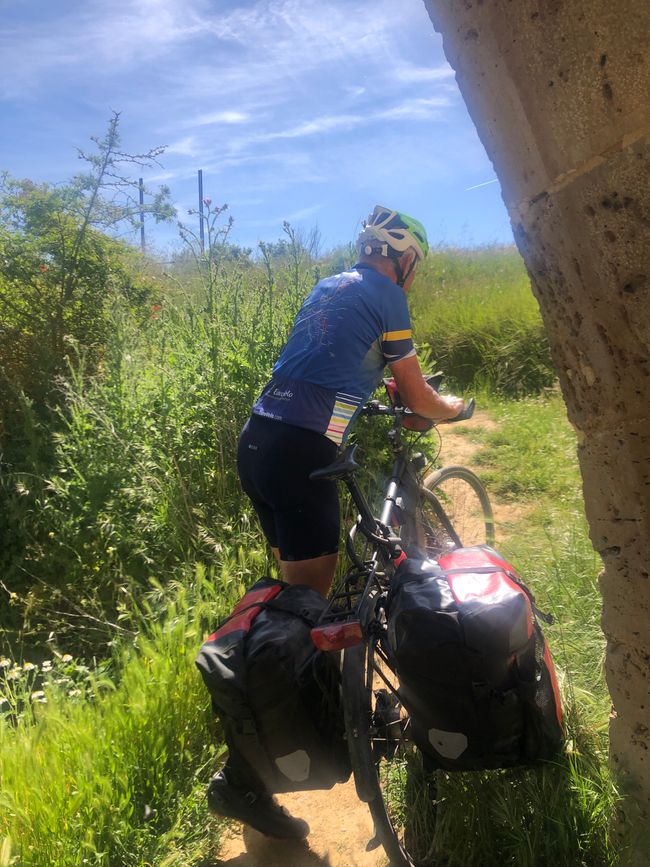
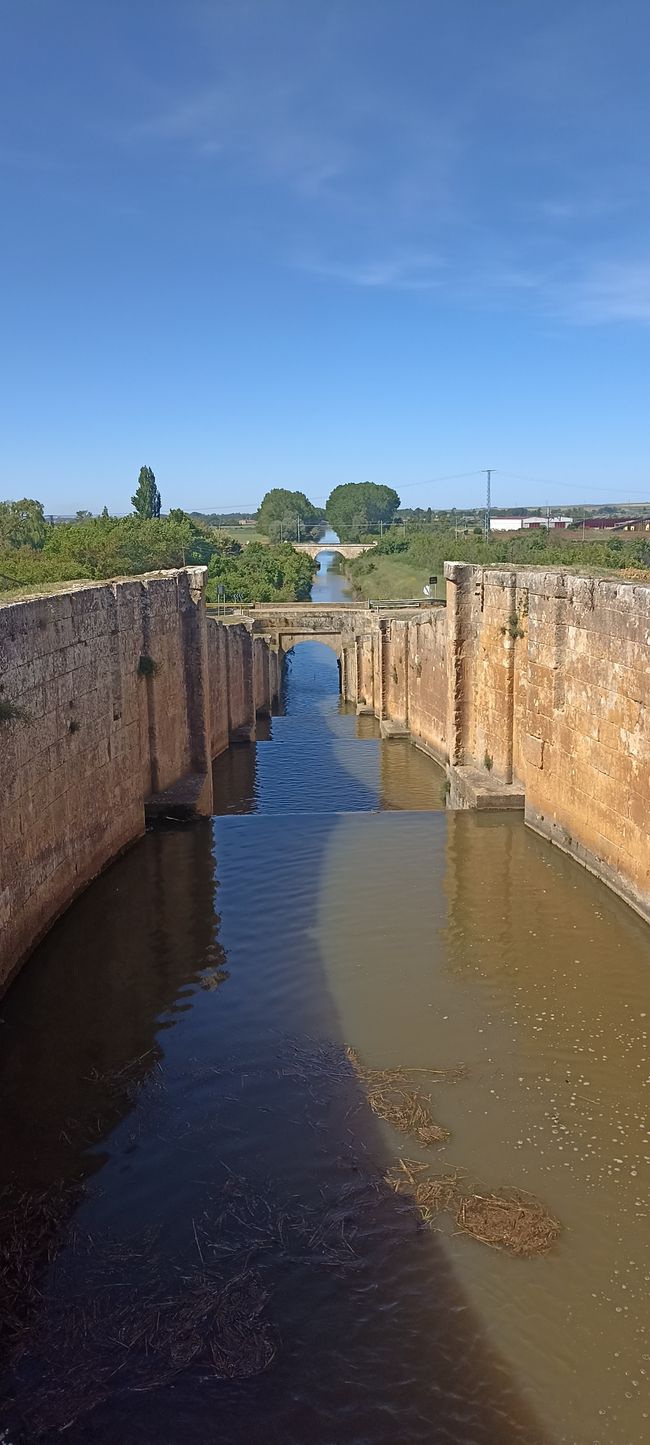
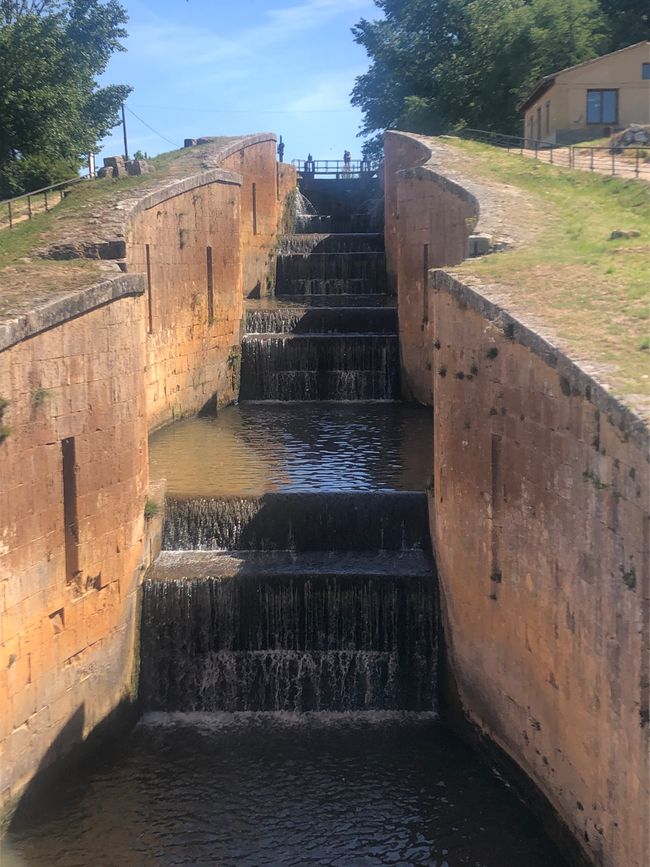
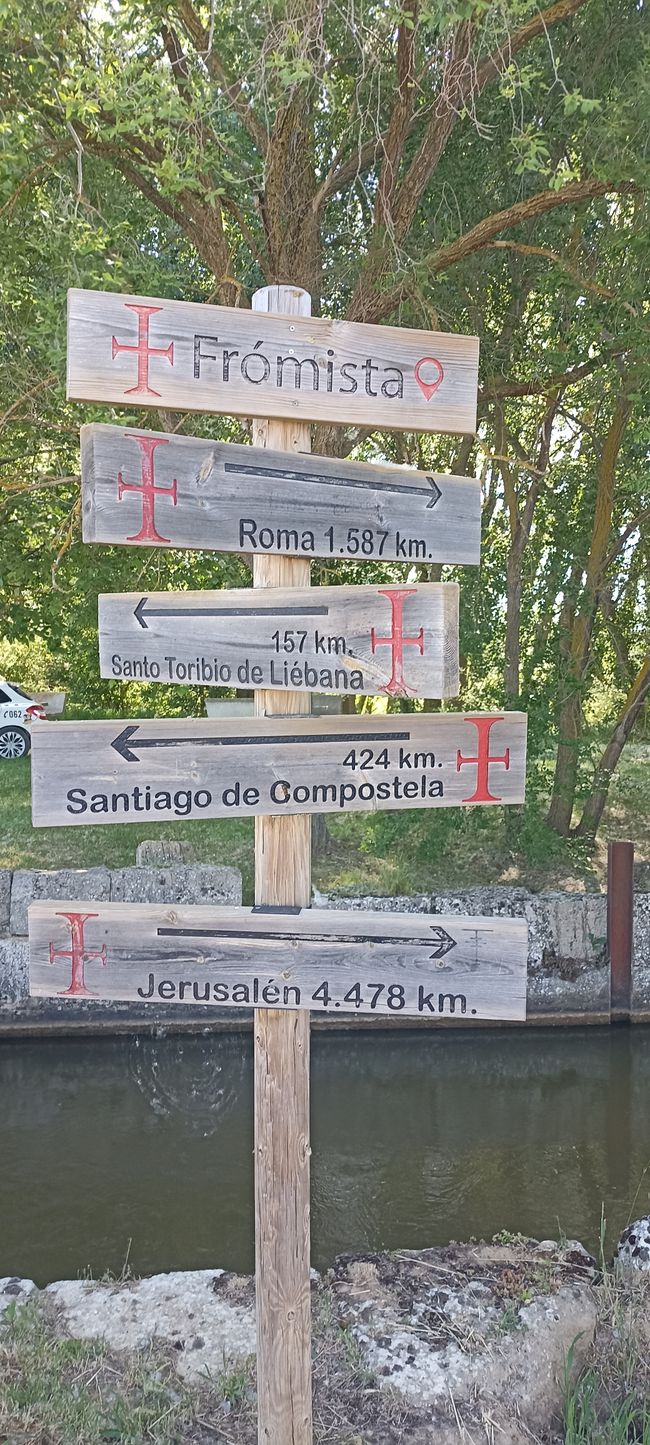
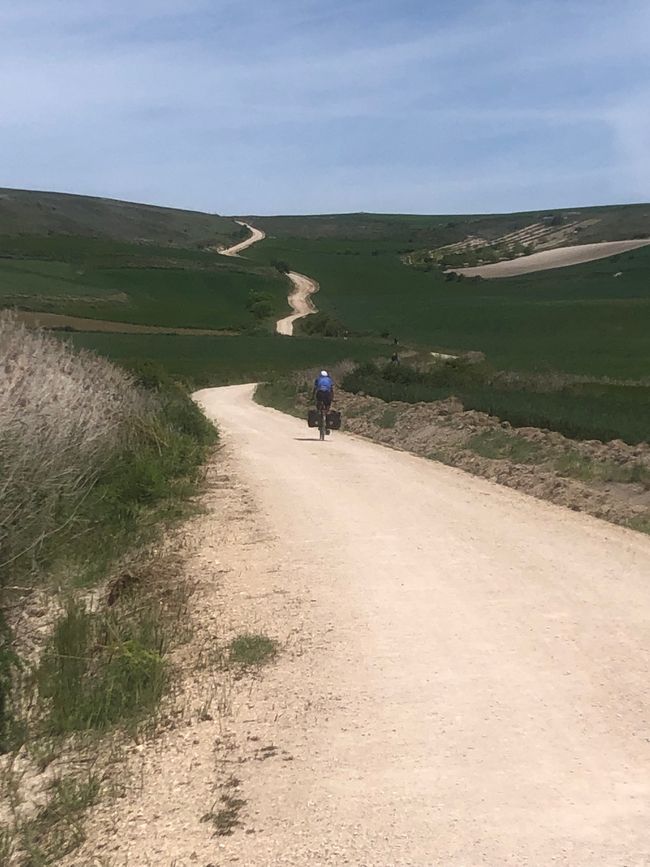
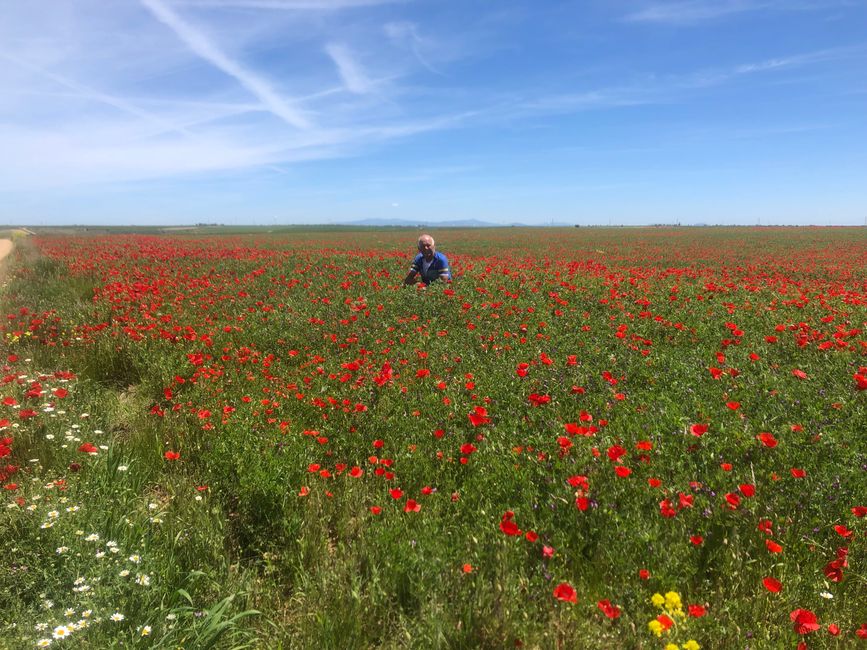
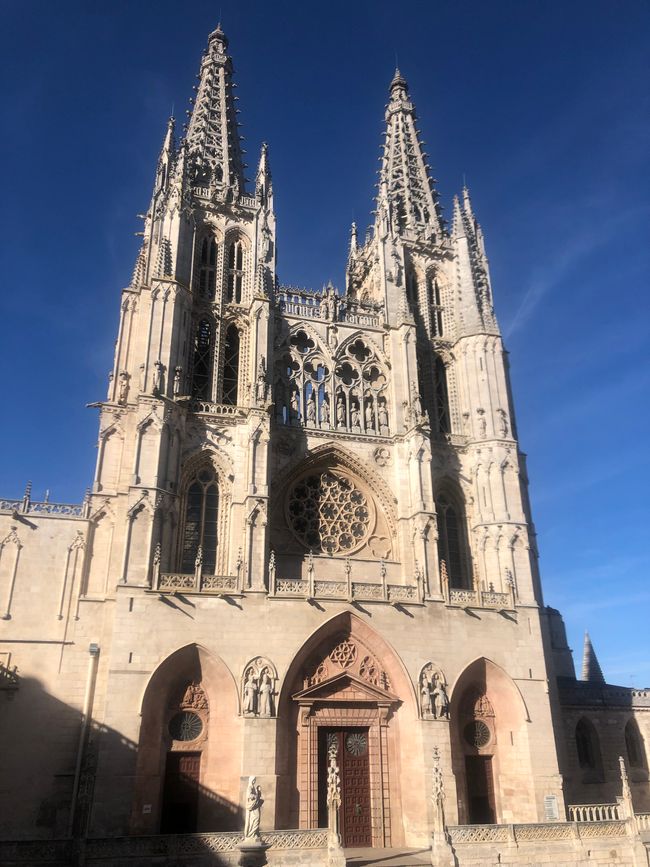
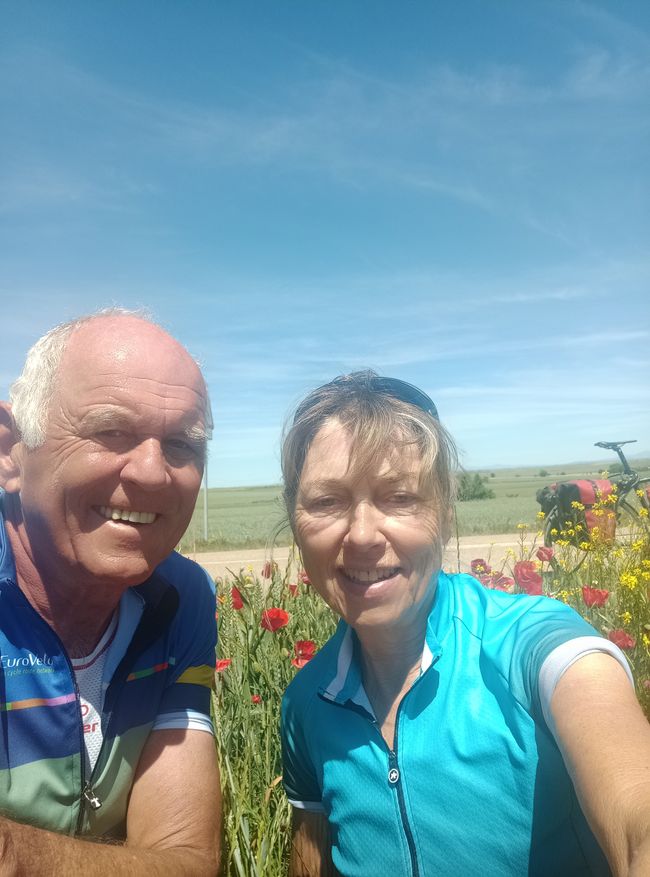
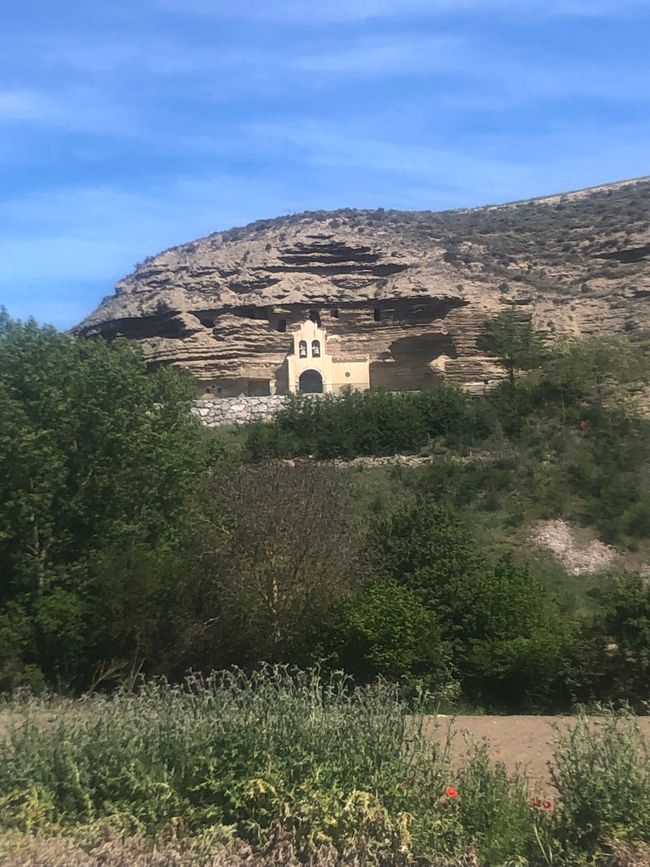
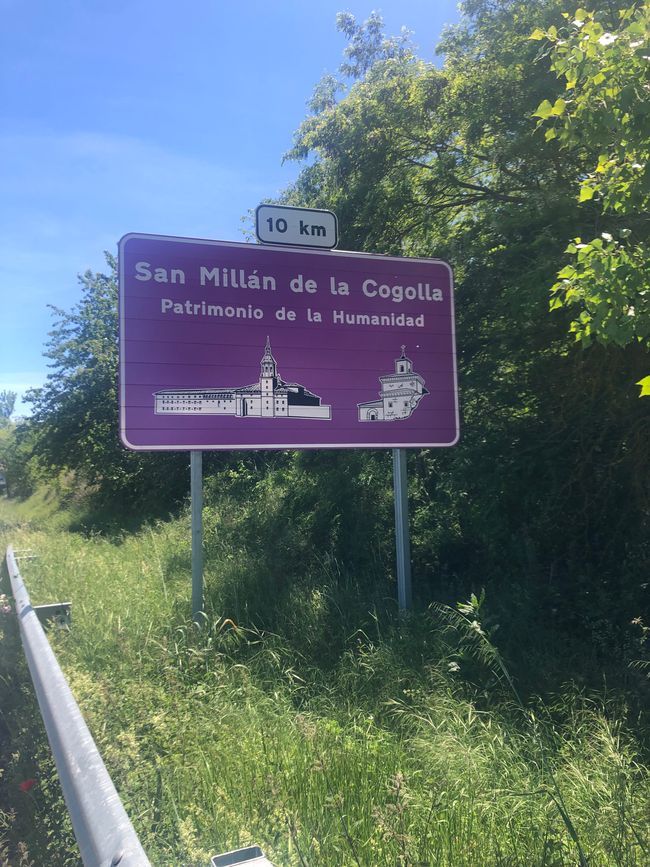
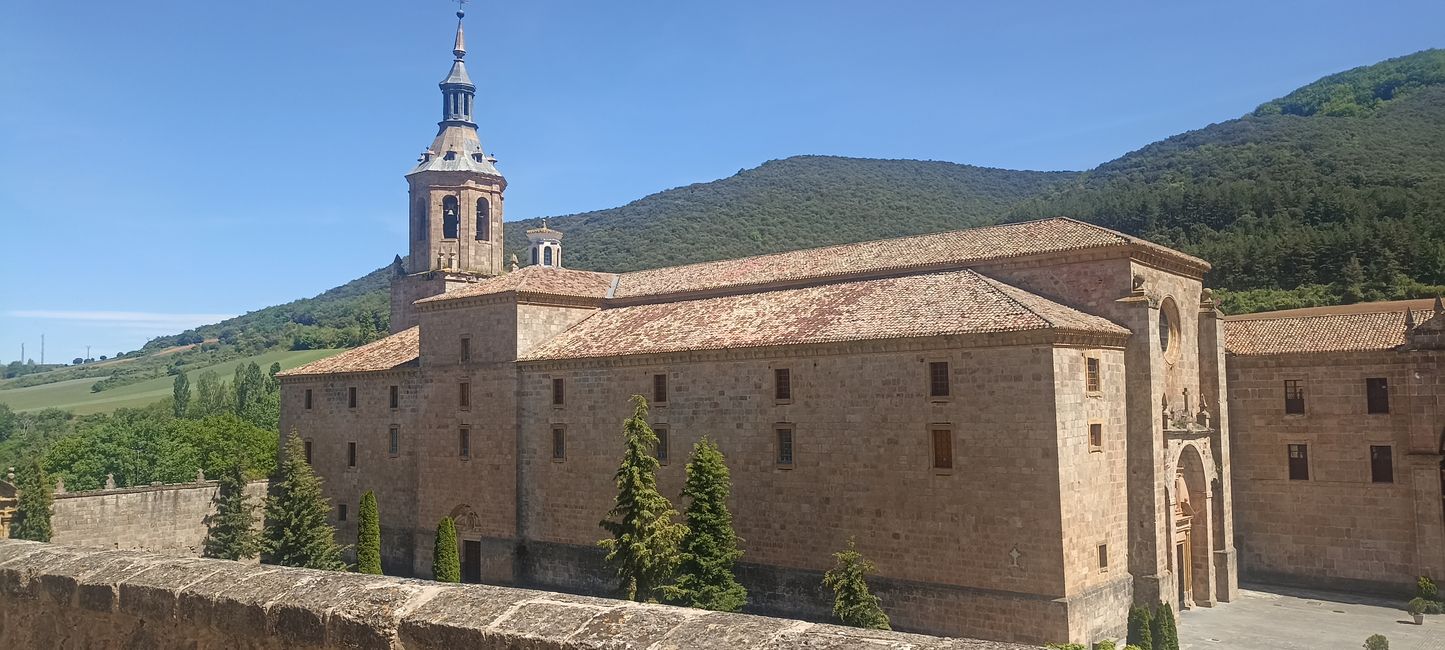
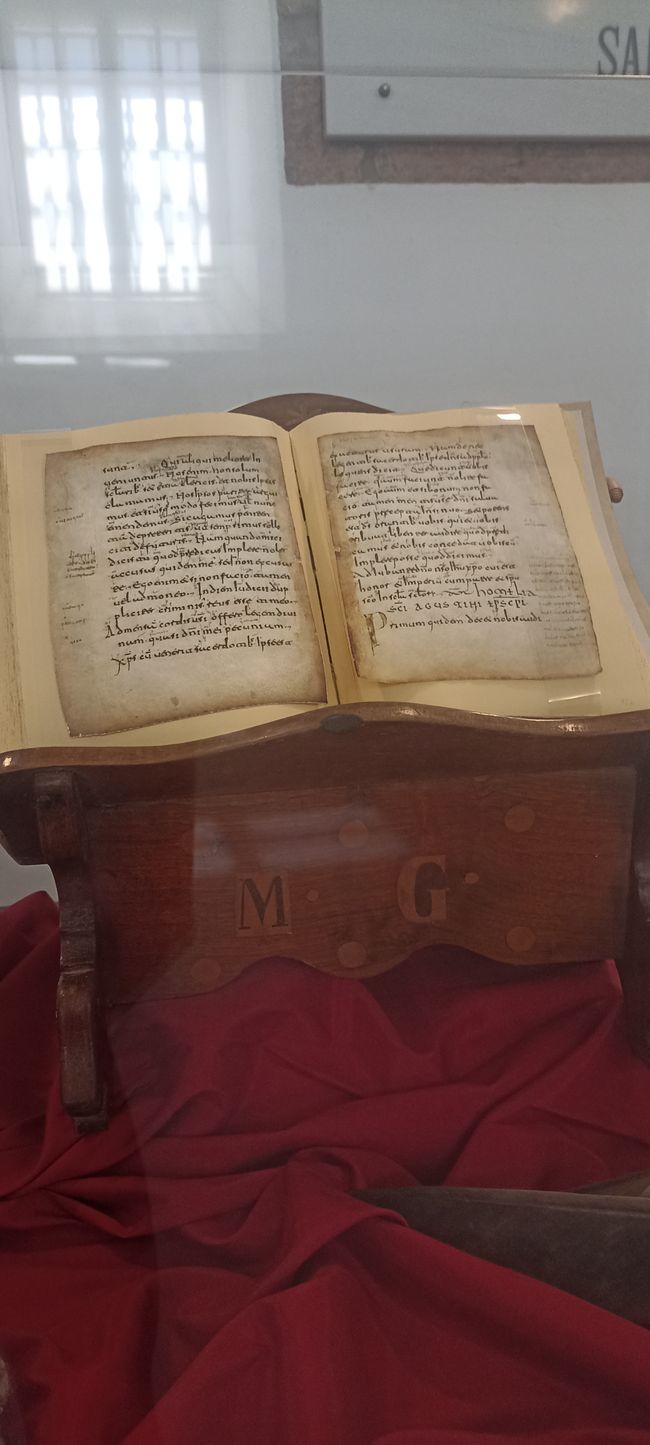
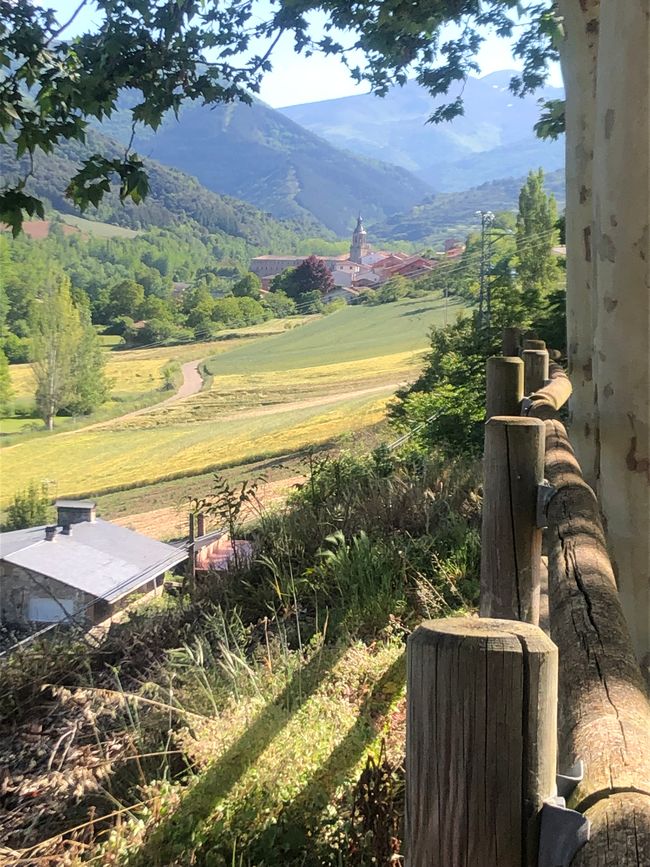
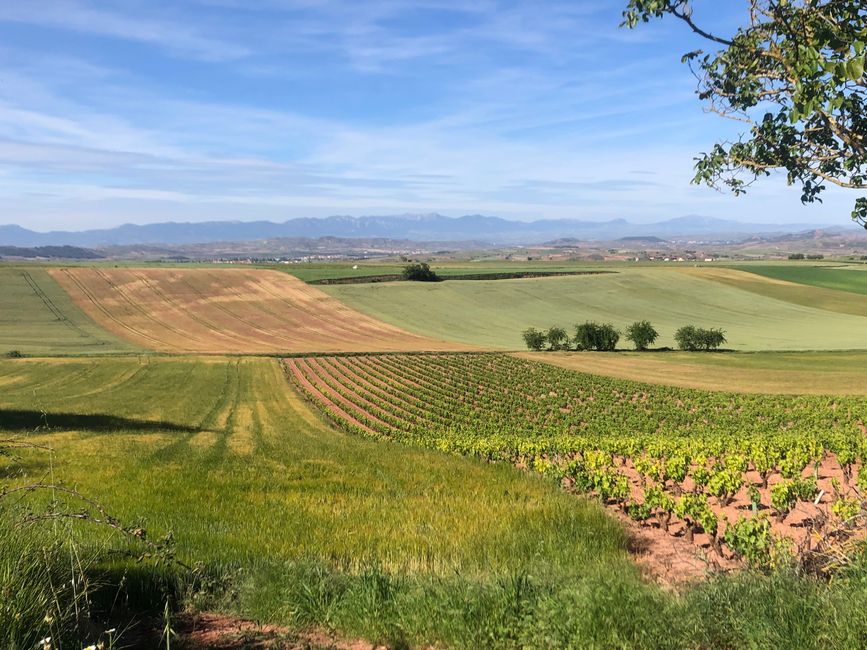
Ingwadiše go Lengwalo la Ditaba
EV Cycling Day 20 (27 May): Valladolid - Palencia 50 km
Since we only have a short stage today, we take it easy. We've barely left Valladolid before we find ourselves at the Canal de Castillo. The 200 km long canal, which runs essentially parallel to the Rio Pisuerga, was built at the beginning of the 19th century and was one of Spain's most important infrastructure projects at the time. It was mainly used to transport grain from Castile to the port cities. It also powered grain mills and irrigated agricultural land. With the construction of the railway, transport was shifted to rail. We cycle 40 km on the gravelled, mostly easy-to-ride path until just before Palencia. There are a few locks, but otherwise there is little variety, and after a while it becomes a bit monotonous.
Palencia is a small town with 75,000 inhabitants, which was one of the most important cities in Spain during its heyday from the 13th to the 16th century. This is still visible today, especially in the huge, Gothic cathedral from the 14th century, which is the third largest cathedral in Spain in terms of its size.
EV Cycling Day 21 (28 May): Palencia - Burgos 105 km
We need to make a few turns until we are on the Carrera de Santander and finally on the N 611. After yesterday's bumpy ride on gravel, we decided to drive the first 30 km on the road and then switch to the Camino. A good decision, because on the road we make good progress despite the headwind and there is little traffic, and shortly before Fromista we come to the Canal de Castillo. There we are also at the four-way lock, which compensates for 15 meters in altitude. And there we also meet the first 'peregrinos' - pilgrims on the way to Santiago de Compostela. We are surprised at how many we meet over the next few kilometers - young and old from all over the world, many Asians and Americans, with a wide variety of backgrounds. All of them have the same goal of arriving in Santiago at some point and receiving the famous certificate, the Compostela. It is astonishing how many people are limping with blisters on their feet, taking tiny steps, pushing their sore hips to the side, putting more weight on one leg or walking backwards on the descent. But almost everyone is in a good mood, friendly and entertaining. We are also in a great mood, having broken the 2000 km mark. The climbs on the gravel are sometimes tough and just about manageable. In the late afternoon we reach Burgos, where we are camping again today. In the city, despite a visit six years ago, the cathedral captivates us again. An overwhelming and indescribable building. It is the first Gothic cathedral in Spain, built in the 13th century. The extension and further construction by John of Cologne in the 15th century was, by the way, strongly influenced by the Basel Minster, which greatly impressed the Bishop of Burgos during his visit to the Council of Basel. After his return, he had the cathedral towers finished with open stonemasonry. Extremely impressive to this day - and we wonder how many stonemasons were employed on the cathedral at the time and for what wages.
EV Cycling Day 22 (29 May): Burgos - San Millàn - Hormillo 105 km
It takes a while before we can get going. Two Frenchmen who are on their way to Portugal are in a similar situation. We wait until the tent is dry and they wait until the bike mechanic in town has opened his shop. They were cycling on the Camino yesterday and had two major breakdowns. The path was so bad, full of potholes and coarse gravel and sometimes extreme gradients, that pilgrims overtook them during the course of the day. They warn us about the path and strongly recommend that we avoid this part somehow. Dominique's alarm bells ring and I revise our plans. We had probably already chosen the N 122 for the worst part. So we drive the first 60 km on the road and make very good progress. In the absence of a motorway, there is relatively a lot of long-distance lorry traffic here, but the wide shoulder and the considerate driving style of the Spaniards enable us to make safe progress. After 60 km we switch to lonely country roads in the Rioja to the monastery of San Millàn de la Congolla. It consists of the two monasteries Yuso and Suso. As they are quite a distance apart and the visit takes some time, we opt for the larger building Yuso - probably a mistake. Apart from the copy of the book with the first written words in Castilian, there is nothing special to see. Because of the document, the monastery is considered the birthplace of the Spanish language. Unfortunately, you can only visit the monastery with a lengthy guided tour in Spanish. We cycle back quite disappointed - after all, we made a detour of 40 km. The landscape makes up for it a little, it is lush green and beautifully hilly. We drive through the vineyards of the Rioja and spend the night today at a motorway service station in the middle of the wine region. Something different.
Ingwadiše go Lengwalo la Ditaba
Karabo (4)
Anke & Steffen
Hallo Ihr Zwei,
wir sitzen völlig orientierungslos vor leeren Weingläsern.
Leute, was ist los? Wo sind die Weinempfehlungen?
Ansonsten, wie immer vielen Dank für Eure Mühen und die lebhaften Schilderungen. Toll, weiter so.
Liebe Grüße von Anke & Steffen
Horst
Hallo ihr Lieben. @Harald. Hast du schon unseren berühmt berüchtigten Roija gefunden? Euch weiterhin eine schöne Tour und ich verfolge alle tollen Beschreibungen. Bin sozusagen immer mit Euch unterwegs. GLG HorstHarald
Liebe Anke, lieber Steffen
Lieber Horst
Die Weinempfehlungen kommen. Einen Navarra können wir sehr empfehlen.
Durch das Rijocha-Gebiet sind wir gefahren, haben aber keinen hochwertigen Eein getrunken, sondern einen Tischwein im Autobahn -Hotel. Bericht folgt.
Danke euch, dass ihr uns begleitet.
L.G. Dominique Dirk Van De Walle
Burgos , fromista, … alle sind Orte weg nach Compostella oder zurückweg . Habe Gute errinerungen an diese 2 Orte wann ich unterwegs war nach Compostela . Sie tun es sehr gut . Bin stoltz und ‘neidisch ‘ 😂 auf sie beide . Wann sind sie in Frankreich und passieren zie die Landes Region ?
Dirk aus Belgien 